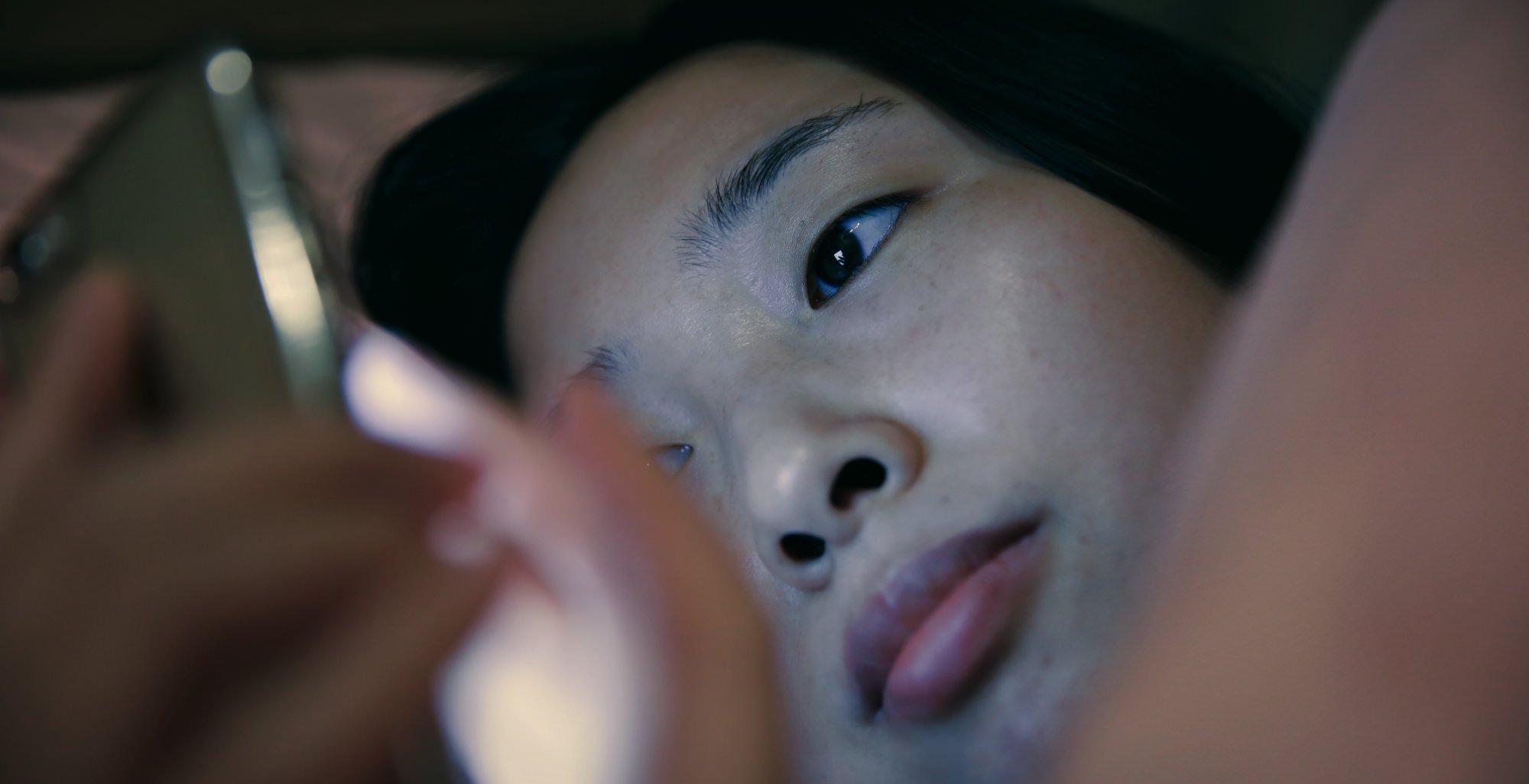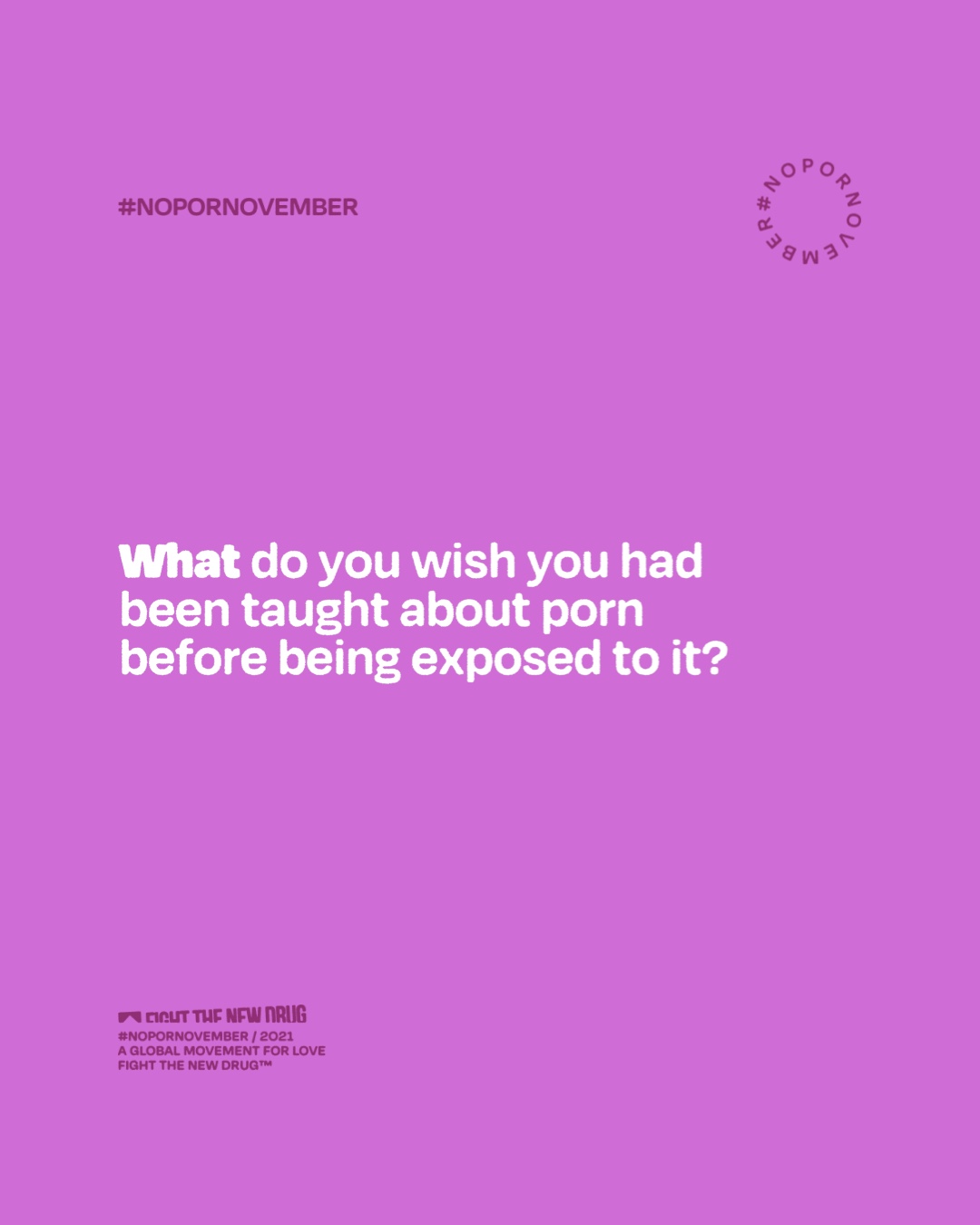This guest piece was written by Jay Stringer, LMHC, a researcher and licensed therapist. 6-minute read.
3 Ways Your Healing Can Help Stop the Demand
By Jay Stringer, LMHC
The most effective way we can stop the demand for pornography is through understanding and transforming the unique reasons that drive us to it in the first place.
As a mental health counselor, I’ve seen firsthand how the use of pornography is a dimension of life where people often experience shame and significant futility. Although we are inclined to either despising or minimizing our sexual struggles, they can also reveal our way to personal healing. Let me show you how.
I recently completed a research study on over 3,800 men and women who were attempting to break free from unwanted sexual behavior, be that the use of pornography, an affair, or buying sex.The research survey was submitted to a series of rigorous exploratory factor analyses with a principal components analysis and a varimax rotation. Various factor solutions were reviewed from there to assess the dimensionality of the instrument. An 18-factor solution was formed and a confirmatory factor analysis was performed on them. The CFI, TLI, SRMR, and RMSEA all provided a good basis to proceed with the 18 topics.Copy Their reports revealed amazing patterns that help predict the origins of unwanted sexual behavior. The problematic sexual choices we make and the unwanted sexual fantasies we pursue are not random. They are a direct reflection of the parts of our story that remain unaddressed.
Here are three key predictors of pornography use you can heal to stop the demand.
Men with a lack of purpose
Men were seven times more likely to increase their use of pornography when they lacked a clear sense of purpose in their lives.This finding was only true for men in my sample. The lack of purpose women experienced did not increase their pursuit of pornography in statistically significant ways.Copy These men felt like the work they did was meaningless, looked back at their life and saw a lot of failures, and often felt unmotivated.
When this was a man’s experience, his use of pornography increased by a factor of seven. Pornography becomes appealing to men precisely because it gives us a domain of control against the backdrop of a life marked by futility.
The main takeaway is that the demand for pornography will function like a squatter in an abandoned house when your life is not filled with meaning and purpose. The more we allow pornography to take up residence in our life, the less we are able to direct our life in the direction we most deeply desire. If you want to see your personal and vocational life transform, evict the squatters through focusing on a vision of who you want to become—whole, purposeful, and alive.
A draw towards pornography does not indicate that you need to get your boxing gloves out for a heavyweight fight against sexual desire. Instead, it might be revealing the latent pursuit of purpose in your life. If you want to fight, don’t exclusively fight to eliminate porn, also fight to discover meaning.
Those who experienced childhood sexual abuse
Men and women who were the most significant pornography users in my survey had childhood sexual abuse scores that were eight points higher compared to those who did not view pornography at all. This represents a score that is 24% higher for the most significant pornography users over those who did not view it at all. As you can see, the damage of sexual abuse can play out over a lifetime.
The main takeaway here is that many people spend a lifetime attempting to quit porn at the cost of healing the harmful sexual template established for them in their abuse. One of the many reasons sexual abuse is so damaging to us is that “trust” is the paradoxical foundation. The majority of victims were groomed by someone close to them—a parent, sibling, neighbor, extended family member, or community leader.
Perpetrators of sexual abuse are attuned to the vulnerability their victim’s experience and initially position themselves as a kind and emotionally available presence. The initial relationship often feels so right, even loving, before it begins to harm us.
Victims of childhood sexual abuse may go on to find pornography alluring for two primary reasons. For one, the abuse they underwent may have involved pornography. The majority of respondents in my study did not “discover” pornography, they were introduced to it by a peer, someone older, or by an adult. Secondly, pornography allows us to recreate some of the original neurochemical experiences established in sexual abuse.
In pornography, like abuse, we might feel some initial excitement and delight, only to be followed by secrecy, ambivalence, and shame.
If you have experienced abuse as a child or adolescent, even those experiences you might think about as sexually “strange” or “weird,” be curious about what unwanted sexual template might have been established. Healing the harm of the past will help you choose the sexual story you desire in the future.
Those who experience shame
While we tend to think watching pornography will influence us to experience shame, the reverse is also true. The more we experience shame, the more we will be drawn to pornography.
Although men and women do pursue compulsive behaviors for pleasure and their corresponding neurochemicals, it is worth considering that toxic habits are also pursued for the purpose of self-condemnation. All of us know the experiences in life where we feel shame, but rather than turning toward love or self-care, we turn toward a behavior or a substance that we know will amplify the toxic inner critic’s voice.
Men in my sample with high shame scores experienced an almost 300-fold increase in the likelihood of viewing pornography. Women with high shame scores experienced a 546-fold increase in the likelihood of viewing pornography. When we experience shame, it attempts to convince us that we are unwanted. In response, we may be pursuing behaviors that confirm it.
Most of us attempt to hide or run from our shame. Herein lies the problem: shame’s power is so often fueled by our attempt to flee from it. This sets us up to live as prey to shame rather than take authority of our life. The antidote is to turn toward our shame with kindness and tell others the places where we harbor it. Breaking the silence of shame is healing, especially for those of us who have undergone toxic experiences of sexual abuse or spiritual abuse that led us to believe we were damaged or dirty for pursuing pornography.
Kindness changes us by allowing us to be vulnerable and self-regulated with our heartache. That kindness fortifies us to pursue choices that allow us to feel integrated and lovely, precisely when we feel unwanted.
Porn can reveal our way to healing
Lilla Watson, the famous Australian activist once said, “If you have come here to help me, you are wasting your life. But if you have come because your liberation is bound up with mine, then let us work together.”
When we pursue our personal healing, we are simultaneously helping to stop the demand for sexual exploitation.
When we pay attention to what drives us to pornography (beyond the reality that it is sexually arousing), our unique path to healing is revealed. In addition to saying ‘no’ to the demand for pornography, we can say ‘yes’ to pursuing purpose, ‘yes’ to healing the harm of sexual abuse, and ‘yes’ to turning to face our shame.
Need help?
For those reading this who feel they are struggling with pornography, you are not alone. Check out Fortify, a science-based recovery platform dedicated to helping you find lasting freedom from pornography. Fortify now offers a free experience for both teens and adults. Connect with others, learn about your unwanted porn habit, and track your recovery journey. There is hope—sign up today.
Fight the New Drug may receive financial support from purchases made using affiliate links.
About the Author
Jay Stringer, LMHC, is a licensed mental health counselor from New York, NY. He is the author of Unwanted: How Sexual Brokenness Reveals Our Way to Healing, a book is based on a research study he completed on over 3,800 men and women exploring the key drivers of pornography use. He’s also the creator of the Unwanted Sexual Behavior Self-Assessment that guides individuals to connect the dots between their story and their porn use. To learn more about Jay, visit his website: jay-stringer.com.
Listen to Jay’s interview on Consider Before Consuming, a podcast by Fight the New Drug.
Fight the New Drug collaborates with a variety of qualified organizations and individuals with varying personal beliefs, affiliations, and political persuasions. As FTND is a non-religious and non-legislative organization, the personal beliefs, affiliations, and persuasions of any of our team members or of those we collaborate with do not reflect or impact the mission of Fight the New Drug.




